Keeping your family on their feet and helping them to walk, run, play and exceed their goals is why we love getting up in the morning.
We are Auckland's leading Ingrown Toenail specialists, using the latest clinical evidence to help you get fast relief.
Schedule an appointment with our specialist podiatrists. We are open Saturdays and offer late-evening appointment by request for your convenience.
Ingrown toenails are painful and frustrating – they keep you up at night, make wearing shoes painful, and are tender to even the slightest touch. They cause you to suffer through the simplest of tasks and gentlest of activities. They stop you from enjoying your day and partaking in your favourite activities. This is precisely why the Auckland Ingrown Toenail Clinic was founded.
We understand how unpleasant it feels to have an ingrown toenail and to just need it fixed. That’s why we’ve dedicated ourselves to providing safe and effective solutions for ingrown toenails that see you back on your feet, out of pain, and feeling great again.


Our team of highly-skilled Podiatrists have years of experience in treating both minor and severe ingrown toenails in kids, adults and the elderly alike. More than just wanting to treat the nail and relieve your current pain, we work to make sure the problem doesn’t affect you again in the future. This is why we’ve specialised in minor nail surgery – so you can say goodbye to frustrating ingrown toenails once and for all and live your best life.
We’re proud to be leading Auckland as the ingrown toenail specialists and serving our community as part of Perform Podiatry, located between Remuera and Newmarket at the One Health Medical Centre. No referrals required, full ACC accreditation, full onsite parking, wheelchair access and late night and weekend appointments available. Because you deserve the best in healthcare.
Ingrown toenails are what we do. Unlike other clinics, we don’t believe in charging per item and every check so you end up with plenty of unexpected costs. That’s why we offer an all-inclusive price for our services. For conservative nail care, the cost is from $108. A partial nail avulsion, which is the permanent correction of ingrown toenails with a minor surgical procedure, is an all-inclusive cost of $450. This involves one or both sides of the toenail, including a take-home dressing pack and a dressing change appointment. If both of your toenails are ingrown and need permanent correction, the total all-inclusive cost is $750. The cost for a total nail avulsion is $450 for one nail, or $750 for both. Every treatment is completed by a podiatrist that is highly experienced in ingrown toenail care and surgery.

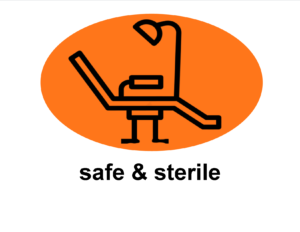
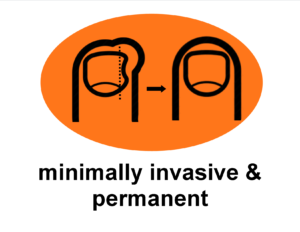


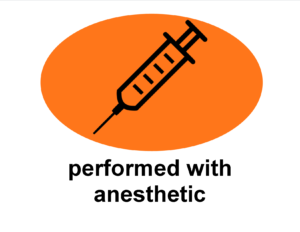

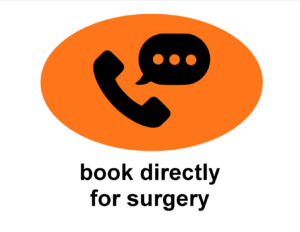
Perform Podiatry is staffed with a professional team, leading technology, and sound clinical knowledge based on the latest research in foot,
ankle, and lower limb care.






When you think of foot problems, summer usually comes to mind and so does blisters from sandals, sunburns, or barefoot beach walks. But winter can be just as tough on your feet, and in some cases, even more so.
.png)
This Mother’s Day, consider a practical, medically safe, and confidence-boosting gift: a professional KeryFlex nail restoration treatment. It’s a simple, effective, and medically safe way to instantly transform the appearance of toenails.
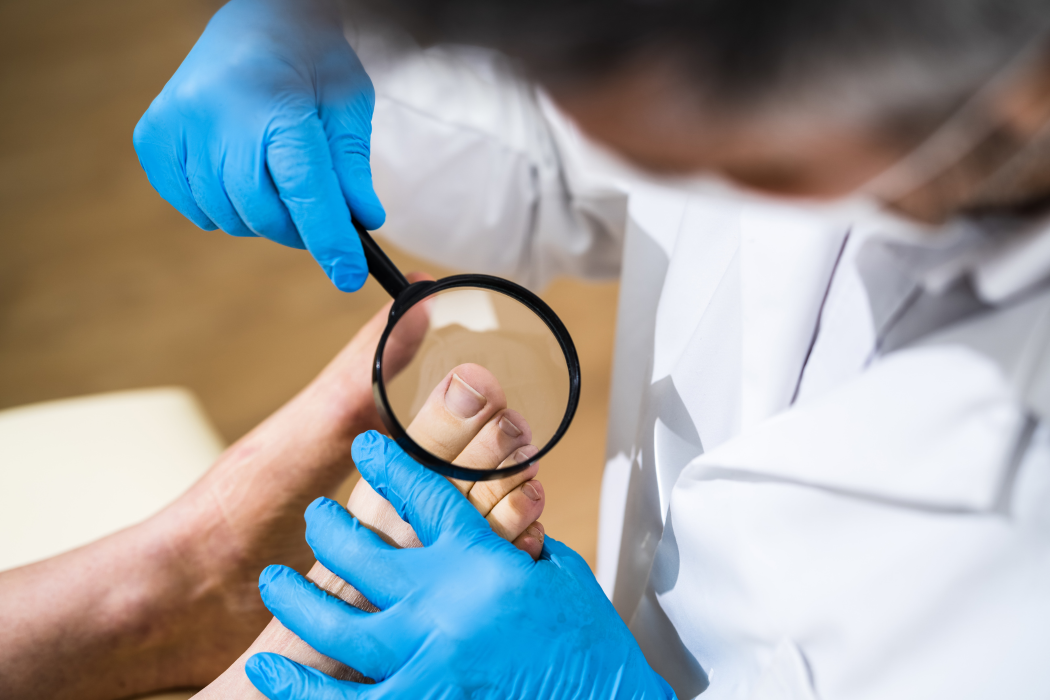
We treat a lot of ingrown toenails here at the Auckland Ingrown Toenail Clinic. So, with approximately 10% or more of the adult population harbouring a fungal nail infection, it’s not uncommon that we see many ingrown toenails where a stubborn nail fungus has also infiltrated the nail. So how can you tell, what can […]

While many of the cases we see here at the Auckland Ingrown Toenail Clinic are fairly standard, there are a few that vary greatly from the ‘norm’, and could have resulted devastating consequences if they had been left untreated under the hopes that the ingrown nail would “go away on its own”, something many people […]

Ingrown toenails can be painful and uncomfortable, so identifying the ‘red flags’ of ingrown nails early on can be helpful in getting prompt treatment and reducing the risk of complications. So what are the top red flags you should be looking out for? One: Persistent Pain and Discomfort One of the most significant red flags […]

Dealing with an ingrown toenail can be a painful and frustrating experience, with many people opting to have ingrown toenail surgery to find lasting relief. But is ingrown toenail surgery painful? And if it is, is it really worth the discomfort? Do You Really Need Ingrown Toenail Surgery? The first thing you must consider when […]
Keeping your family on their feet and helping them to walk, run, play and exceed their goals is why we love getting up in the morning.
Ground Floor, One Health Building
122 Remuera Rd, Remuera
Auckland 1050, New Zealand
| MON - FRI | 7:30am – 6:00pm |
| SAT | 8:00am – 4:30pm |
| SUN | Occasionally available |
Make an Appointment
Online Schedule